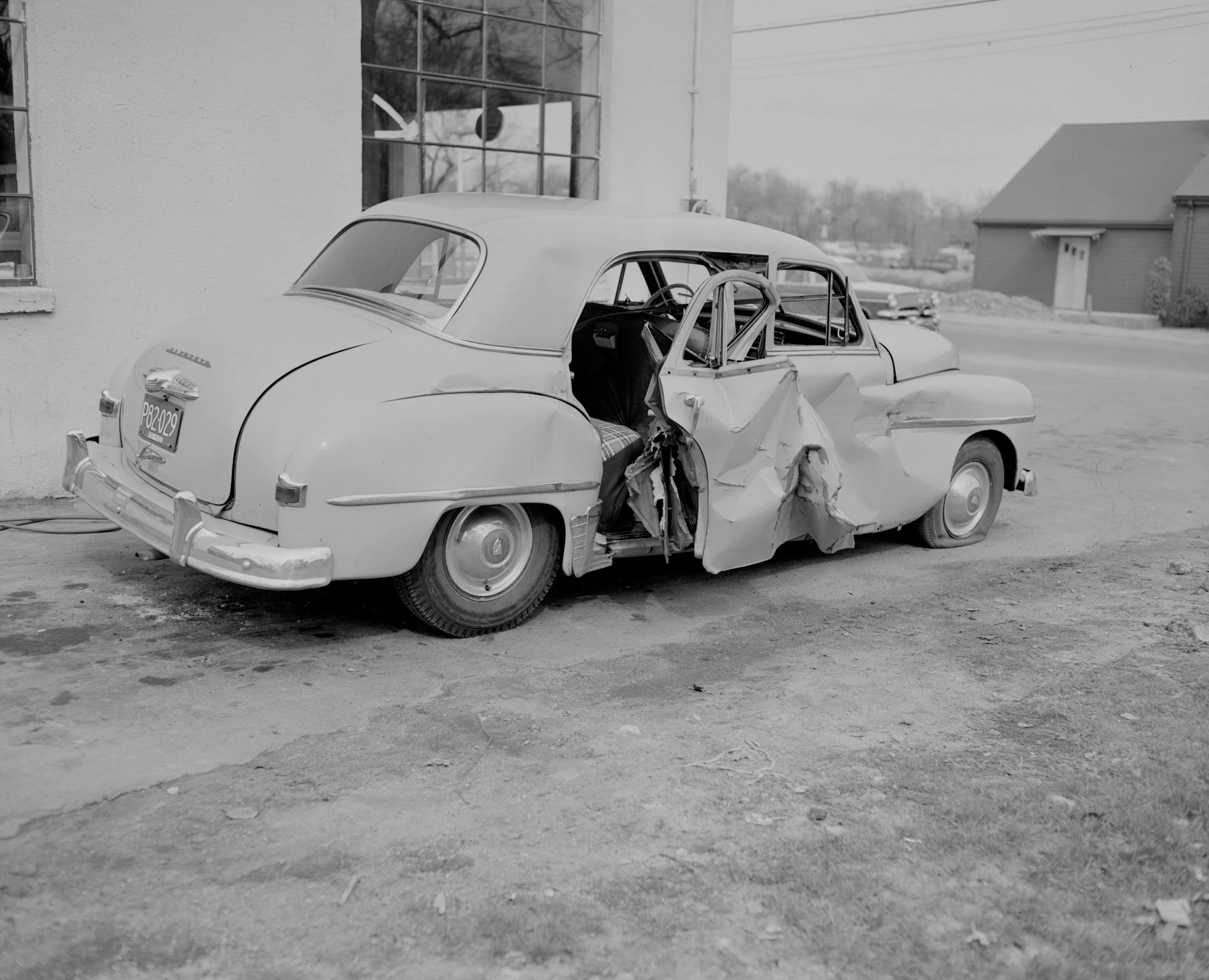Is Your Vehicle Safe in a Crash? Ford F-Series Design Defect
Most people feel pretty safe in any large vehicle, right? I mean between a car and a bus the bus wins. If you drive a heavy duty pickup and it flips, you’re in a better spot than if you drove a Miata. Right?
Actually, no. Safety in large vehicles seems logical enough, but in reality it is often a myth. Bus passengers are incredibly vulnerable to side impacts from an ordinary sedan. Cars can penetrate the cabin or even tip large shuttles.
Shuttle bus in 2019 crash outside SeaTac.
Similarly, pickup trucks are not always as safe as they may seem. A Georgia jury awarded $24 million in compensatory damages and $1.7 billion in punitive damages against Ford, for an elderly couple killed when their F-250 roof collapsed during a rollover incident in 2014. The lawsuit alleged that Ford F-150 and F-250 models have design flaws in their roofs that pose an unreasonable risk of failure and serious harm to vehicle users.
Vehicle Roofs, Seat Belts, and Airbags Must Be Reasonably Safe
In Washington, vehicles have to be “crashworthy,” meaning they have to be reasonably safe in foreseeable crashes. This is also sometimes called an “enhanced injury” claim, because the product defect does not cause the event (such as a crash), but instead makes the harm substantially more than it should be.
Example of Vehicle Safety Defect - Passenger Restraint Systems
In the Ride the Ducks case, the jury found that the Duck boat was not “crashworthy.” We presented evidence that the failure to provide a restraint system (seat belts) was unreasonable, where the vehicle lacked a genuine roof and adequate compartmentalization of windows to prevent ejection. This design defect enhanced injury to the passengers who crossed the center line of the Aurora Bridge and collided with a bus.
If you are concerned about a potential safety defect in your vehicle, please feel free to contact me.


